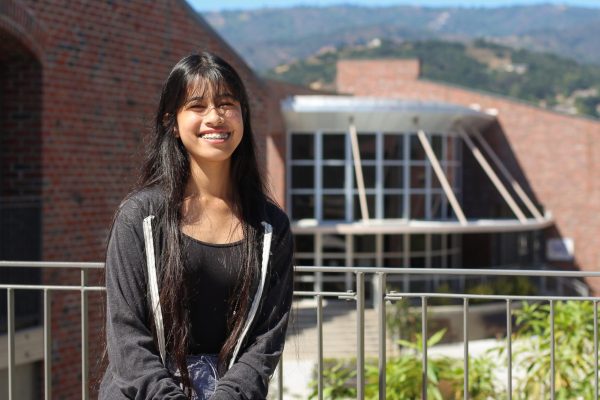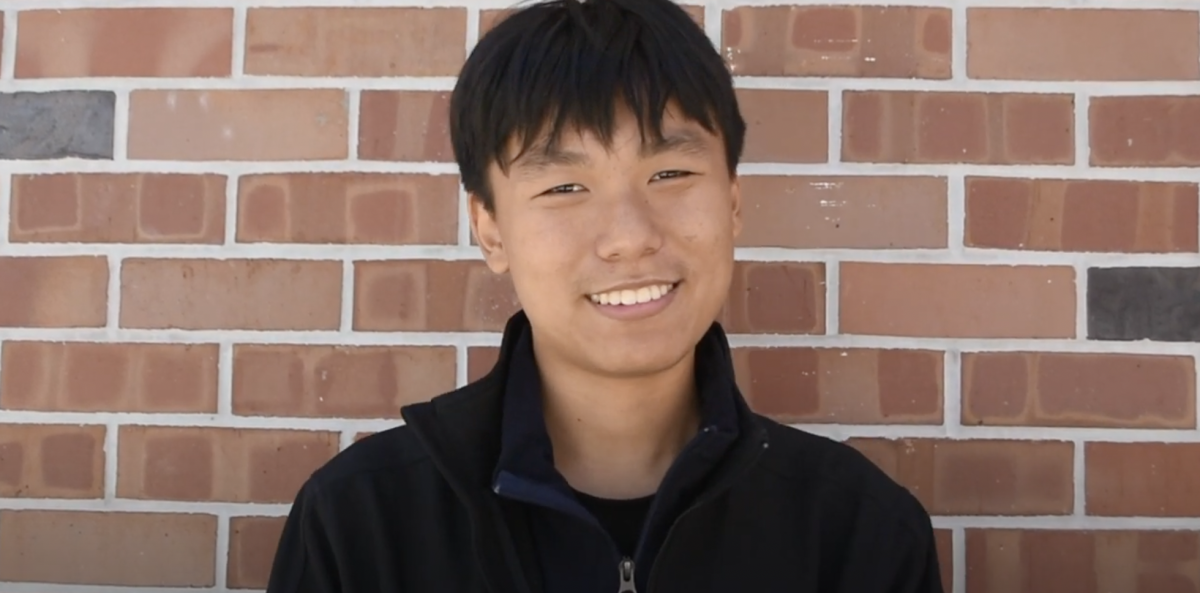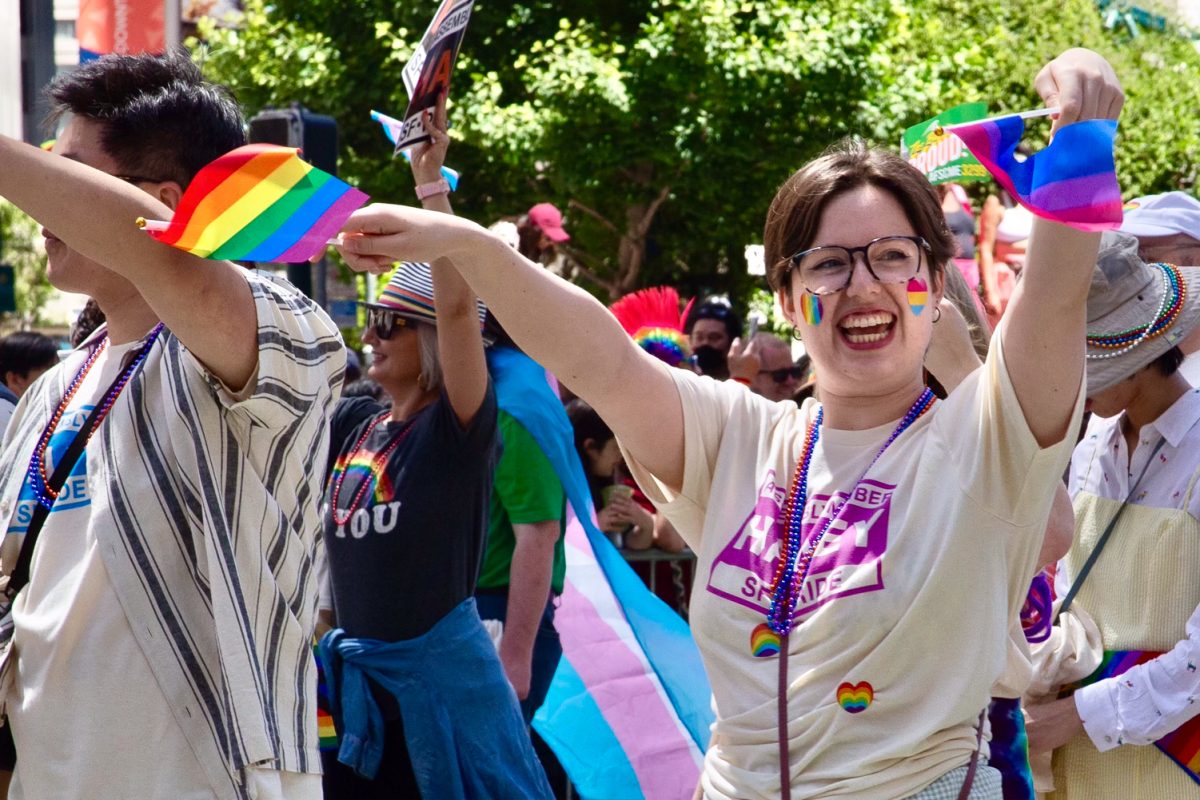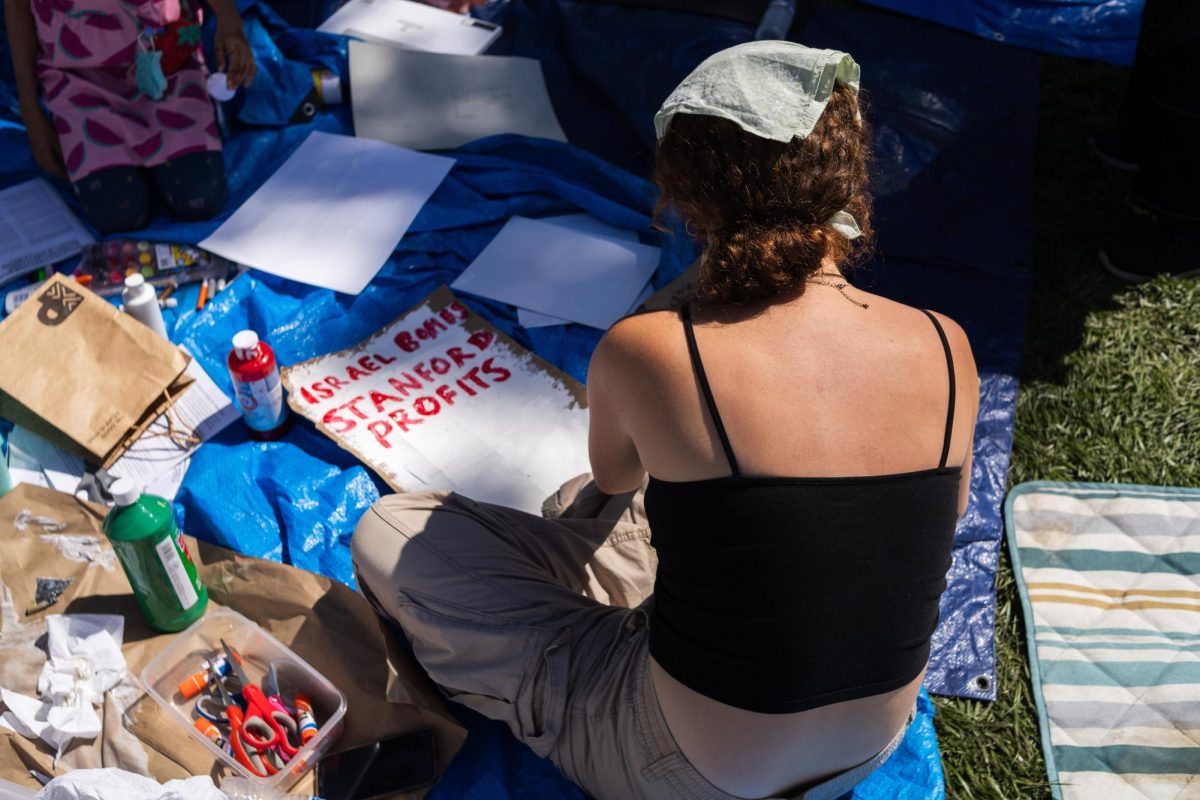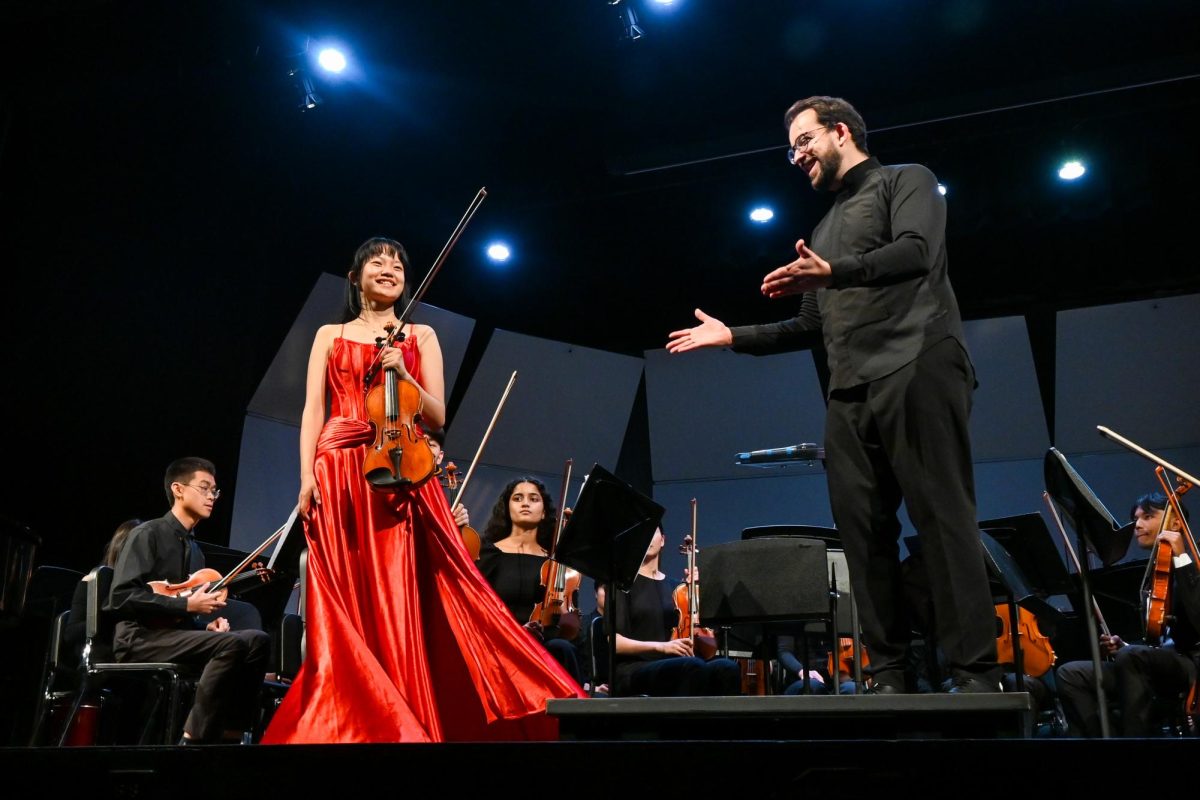This review contains spoilers for the documentary film “Girls State.”
Retelling the narrative of an annual mock government convention of 600 teenage girls in Missouri, the documentary “Girls State” was released April 5, 2024. Directed and produced by Jesse Moss and Amanda McBaine, the film is a sequel to the critically acclaimed film “Boys State” by the same directors.
Shot in the summer of 2022, the 96-minute documentary follows seven participating girls attending the American Legion Auxiliary Girls State convention in Missouri, specifically centering around high school rising senior Emily Worthmore as the event commences. The convention is a week-long program aimed at learning and refining leadership, government and civic skills through the creation of a mock government.
Featuring the first occasion of Girls and Boys State Missouri being hosted concurrently at Lindenwood University, the film begins by concentrating on candidates’ campaigns for mock government positions, including Supreme Court justices and governor, and then transitions into investigating the differences between the Boys and Girls State programs.
The documentary opens by introducing the event’s structure and acquainting viewers with each featured participant’s background and ambitions for Girls State. The girls interviewed possess a commendable range of traits in all aspects — encompassing introverts, extroverts, conservatives, liberals and a range of ethnicities, enriching the viewer’s perspective. As the convention begins, the difference between Girls State and Boys State is immediately highlighted — while Boys State thrusts participants immediately into a hurricane of politics and pressure, Girls State opens placatingly with a sprinkle-studded cupcake decorating booth and sing-along activity.
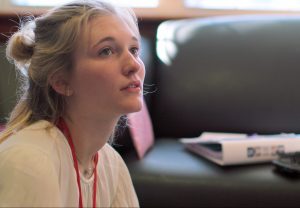
The documentary, appropriately enriched with a mood-amplifying soundtrack, begins to zero in on conversationalist and conservative governor candidate Emily Worthmore and features her “rival” among many candidates, a boldly opposite Faith Glasgow — sharp, opinionated and liberal. In the participants’ frantic race for their positions, every topic is unhesitatingly deliberated, including abortion, gun control and environmentalism. As the tension builds, the tone suggests to viewers that Worthmore is on track to claim victory on the election stage.
However, Worthmore struggles in her campaign speech, eventually losing to the impassioned feminist Cecilia Bartin. “Girls State” is initially structured to set up a fierce rivalry between Worthmore and Glasgow, implying the inevitable victory of one of the girls, but rapidly reangles this narrative when the directors become aware of Bartin’s relevance. This seeming ignorance weakens the film’s vast potential — each development in the convention seems to be one that the creators did not anticipate.
Worthmore’s failure begins a slew of unpredictability, which breaks the documentary’s cohesion. The film suddenly segues into a focus on Worthmore’s acceptance of her loss, and then her transition to pursuing investigative journalism in the event as she analyzes the differences in funding and acclaim of the parallel Boys and Girls State programs. Worthmore ends up discovering that Girls State seems to be treated as the more trivial of the two, receiving less than half of the funding of Boys State.
The advocacy for change that Worthmore pursues sets “Girls State” apart from its predecessor, delving thoughtfully into subtle inequities and their explanations, but its fleetingness underwhelms most meaningful contemplation. Almost as soon as Worthmore begins peeling back the program’s layers, the event ends, and the documentary returns to optimistic resolution.

The conclusion of “Girls State” spells its largest flaw — for a film to raise necessary questions about countless controversies like abortion, sexism, gun control, race and journalism and then abandon all of them for a predictable, endearing resolution that pushes the power of personal growth and compassion is decidedly disappointing. The documentary ends in an echo of the similar happy-go-lucky, friendship-focused rhetoric that it had previously pointedly criticized.
“Girl’s State” is a unique documentary with beautiful, immersive cinematography and an impactful range of emotions and perspectives, setting itself apart from its prequel with its fearless confrontation of delicate topics. However, its effect unfortunately underwhelms its potential — there are some issues that even a feel-good ending can’t fix.
3/5
BEHIND THE SCENES OF GIRLS STATE:
“Girls State” is a film characterized by its captivating and intimate cinematography — to achieve this effect, directors Jesse Moss and Amanda McBaine were specific and involved in the casting process. According to Moss, hundreds of participants from the Missouri program were interviewed to identify a small group with the requisite qualities that the directors were looking for.

“We love the girls we selected because they’re ambitious and they’re smart,” Moss said. “But they were also really open to the camera, and that’s not everybody. We made sure that they really understood what the nature of the project was.”
In order to fully encompass the experience of the event, Moss describes his objectives for the film as a complete portrayal of all of the emotions that the participants experienced.
“We strive to make films that represent the whole spectrum of human experience and documentary work,” Moss said. “It’s just about being in their world, being in their space, and being open to those molds — it lands the deeper truths and emotions because you’ve been able to laugh as well.”
However, in the process of shooting Girls State, the directors acknowledge their surprise at the event’s structure — though enriched with the experience of filming Boys State, the parallel programs had vastly different focuses. McBaine recounts that while Boys State entailed an immediate whirlwind of competition and debate, Girls State took four days to begin unpacking controversial politics like guns and abortion.
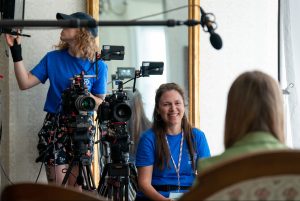
“For me, the difference was felt immediately,” McBaine said. “I naively assumed that the programs would be identical, but of course, there were inequities.”
This difference eventually became a main topic of discussion in the documentary, which McBaine delineates as “surprising but powerful.” According to Moss, this transformation was able to enrich the film in every aspect.
“When you make cinéma vérité work, you’re looking to meet somebody at a transformative moment in their life, and you have to get lucky to do that,” Moss said. “These programs have the potential to be a crucible for the kids who go through that.”



















